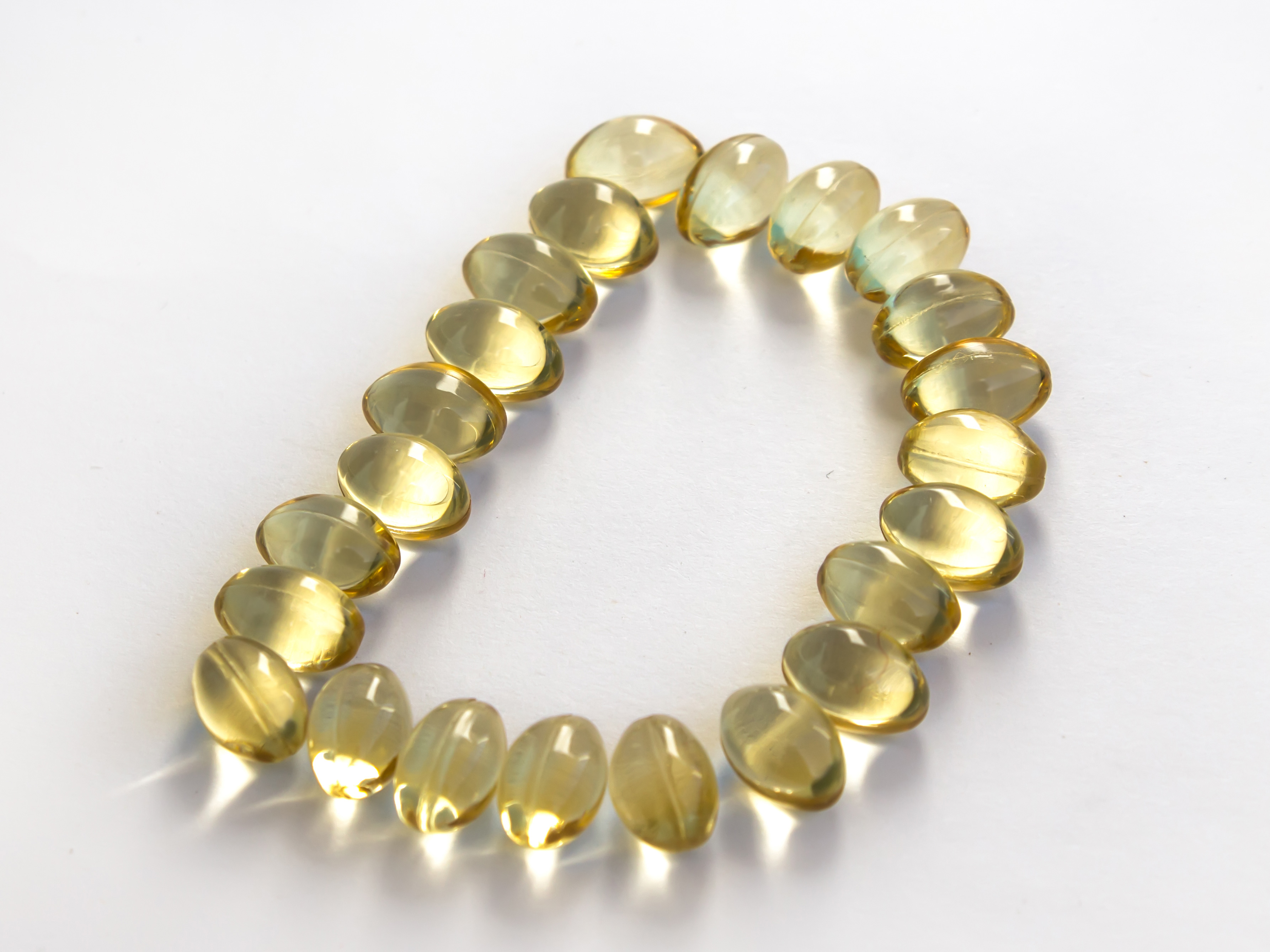Get Easy Health Digest™ in your inbox and don’t miss a thing when you subscribe today. Plus, get the free bonus report, Mother Nature’s Tips, Tricks and Remedies for Cholesterol, Blood Pressure & Blood Sugar as my way of saying welcome to the community!
Is cancer a vitamin D deficiency?

The results of all the research we now have are staggering…
- 90 percent of ordinary breast cancer may be related to vitamin D deficiency.
- Higher exposure to UVB radiation, which produces vitamin D, reduces incidences of 15 types of cancer.
- Taking supplemental vitamin D reduces the risk of ALL cancers by almost 77 percent.
- People with the most vitamin D have half the risk of succumbing to cancer. 75 percent of people with the most vitamin D were still living after five years of cancer diagnosis. Only about 30 percent of those with the lowest levels survived that long.
There’s a clear chain of cellular events – from the binding of DNA through a specific signaling pathway, to the reduction of proteins known to trigger inflammation, to activating the immune system – that turn vitamin D into a whole body healer.
Vitamin D boosts immune system function by activating T cells that recognize and attack cancer cells.
Whether you have chronic inflammatory conditions like asthma or arthritis, or you’re at risk for osteoporosis, or you want to slash your risk of prostate or breast cancer, you need to achieve a healthy blood level of vitamin D.
A simple blood test will tell you if you are deficient. The trick is not to pay attention to the mainstream definition of deficient. What they do is look at a population that is not complaining of any ailments (even though they might have them and are not aware), then look at their median level of vitamin D, and call that “normal.”
Problem is, we are all deficient. So looking at an already-deficient populace and taking the middle number as normal is going to make us even more deficient.
How much vitamin D should you take?
It’s beneficial to keep your vitamin D over 40 ng/ml. Your current blood level can be determined with a 25(OH)D blood test. You can have it done by a doctor at their office, or you can use a home test and have it sent away to a lab.
If you are deficient, you should get out in the sunshine, and start taking vitamin D3 (cholecalciferol, the bioavailable form) right away. 1,000 International Units (IU) daily or 5,000 IU twice weekly of vitamin D3 is typically all you need to do to boost and maintain your level adequately.
Also, foods high in vitamin D are extremely important because they are nature’s secondary way, besides sunshine, of getting you vitamin D. You can make your own high-vitamin D mushrooms, or you can eat natural animal products like eggs, fish and beef liver to get good doses of vitamin D from food. Remember that milk, bread and other “fortified” foods have synthetic vitamin D2, which is not natural and does not “do a body good” no matter what the ads say. Instead, look for vitamin D3 for supplementation.
Editor’s note: Discover how to live a cancer prevention lifestyle — using foods, vitamins, minerals and herbs — as well as little-known therapies allowed in other countries but denied to you by American mainstream medicine. Click here to discover Surviving Cancer! A Comprehensive Guide to Understanding the Causes, Treatments and Big Business Behind Medicine’s Most Frightening Diagnosis!












